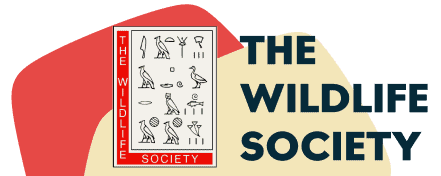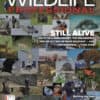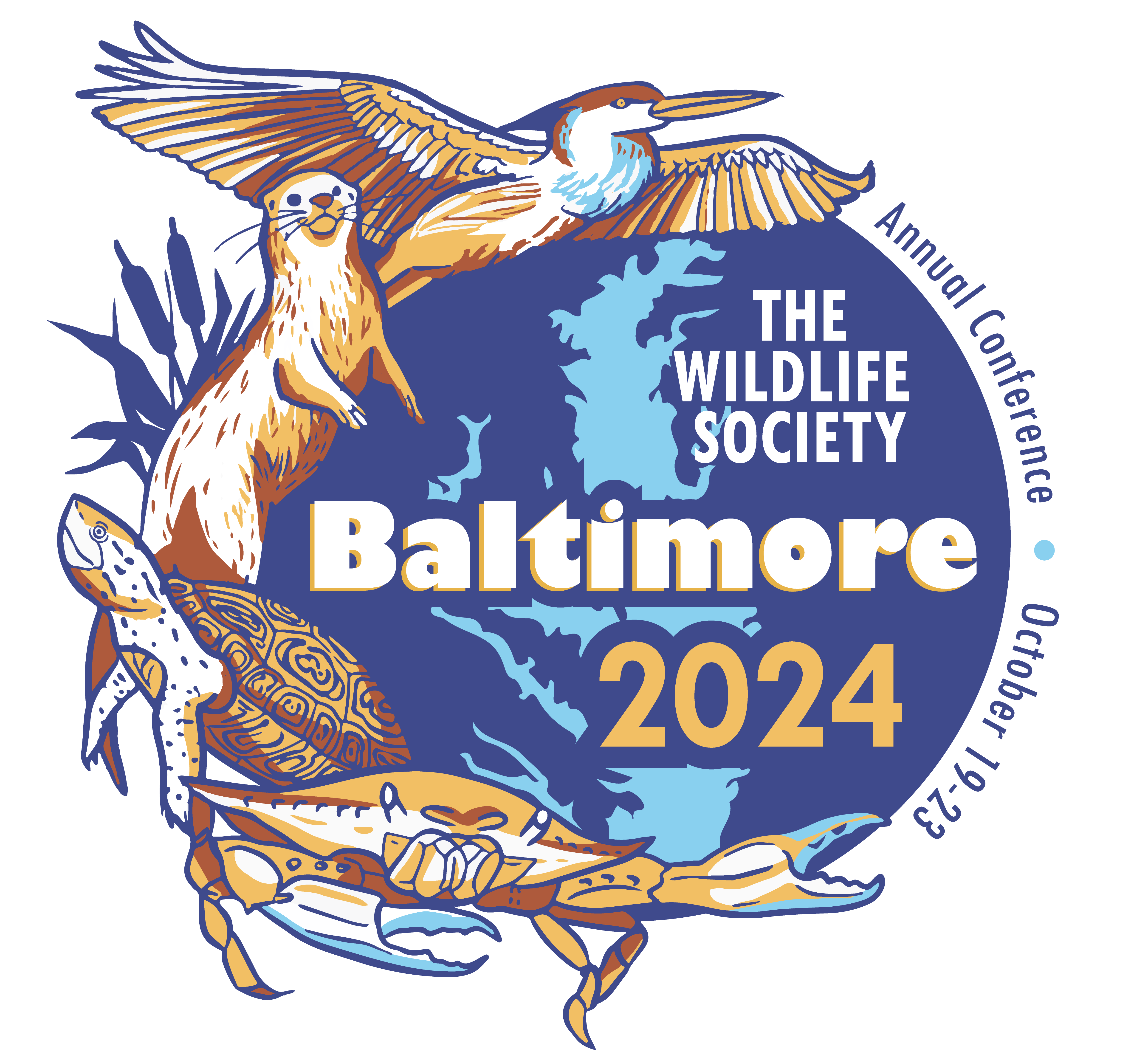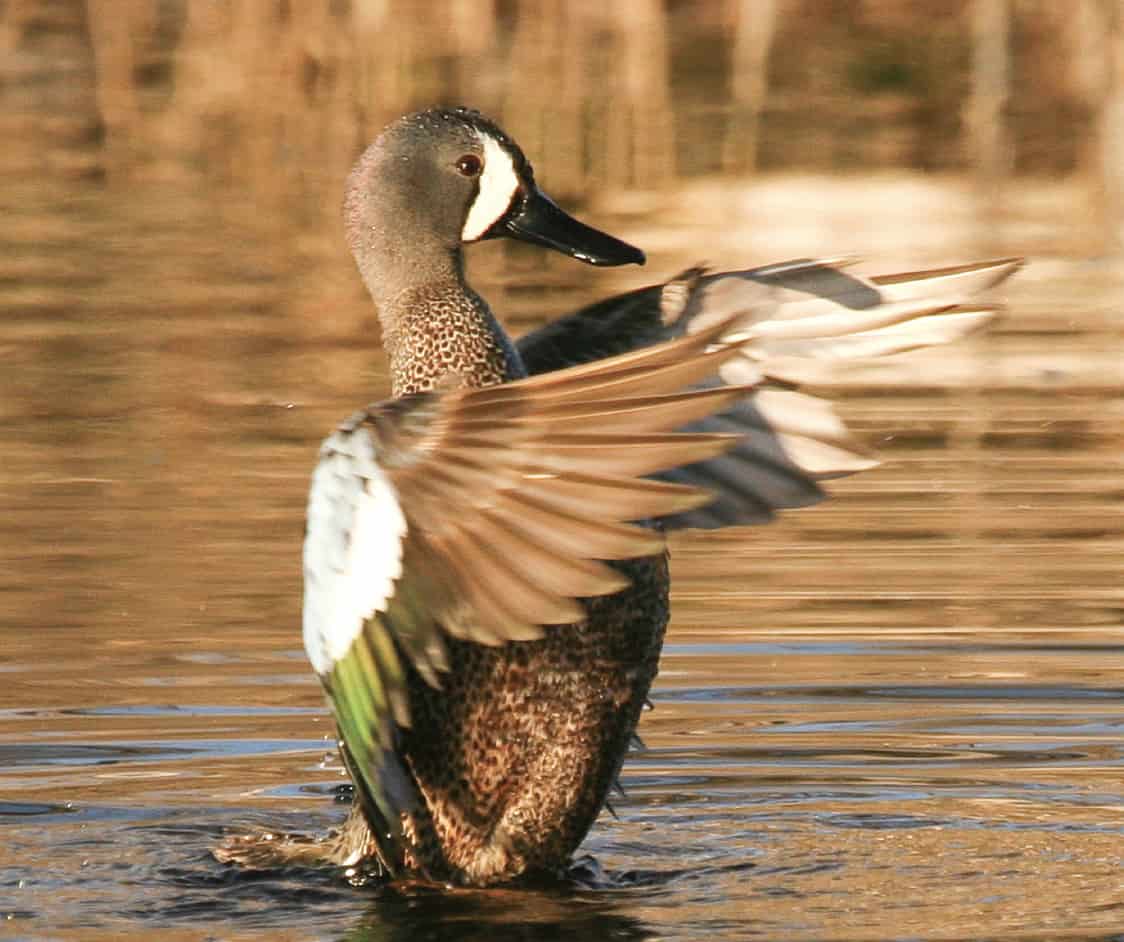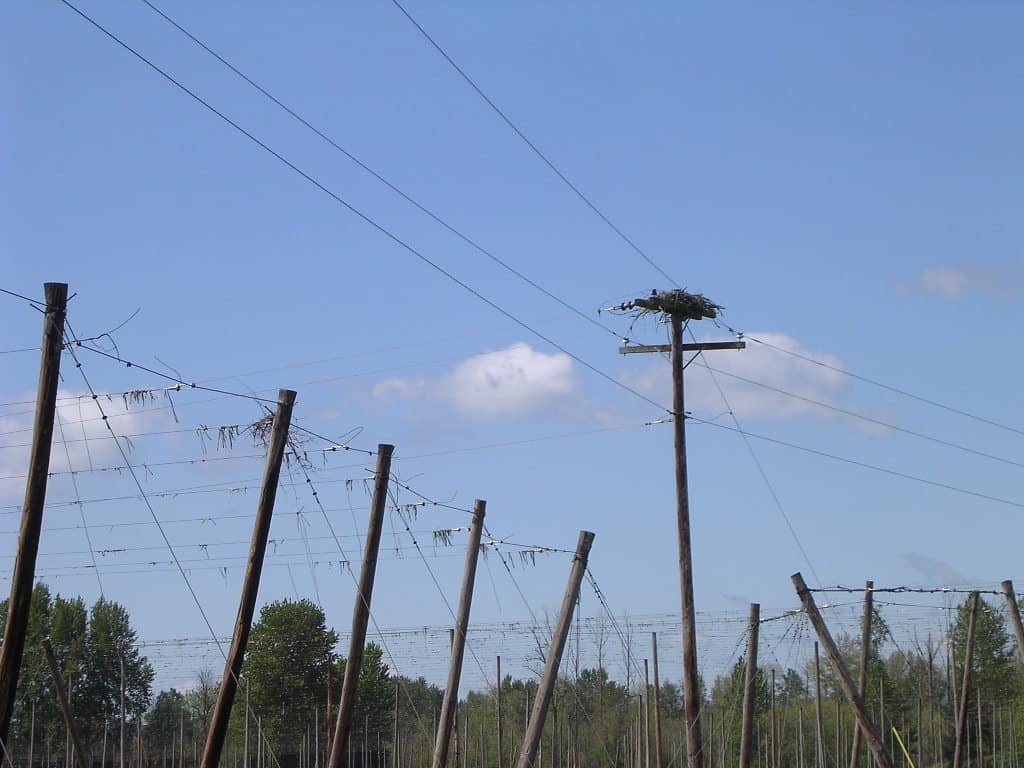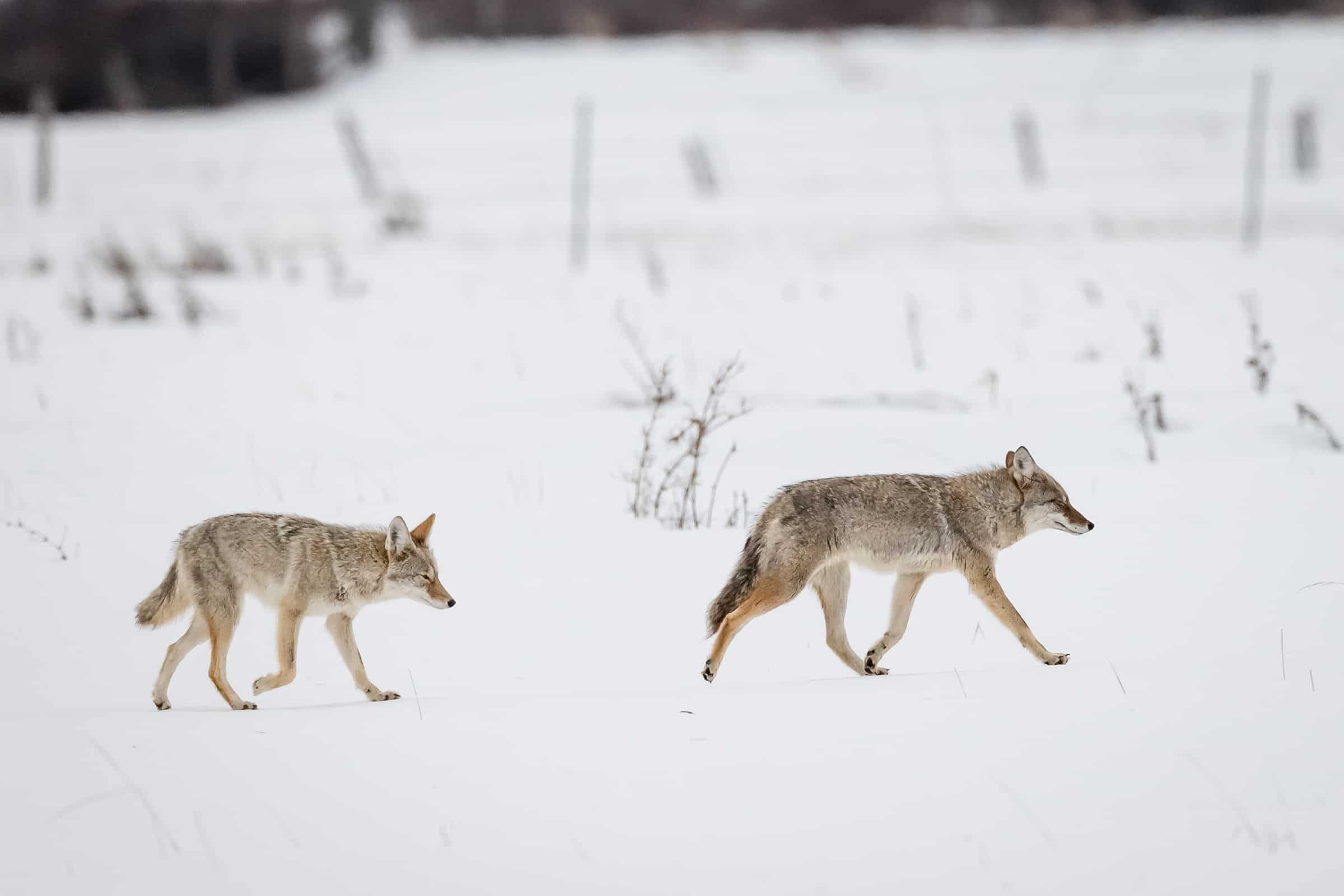
Human shields can be lethal for midsized predators
Choosing humans over predators, coyotes and bobcats put themselves at risk
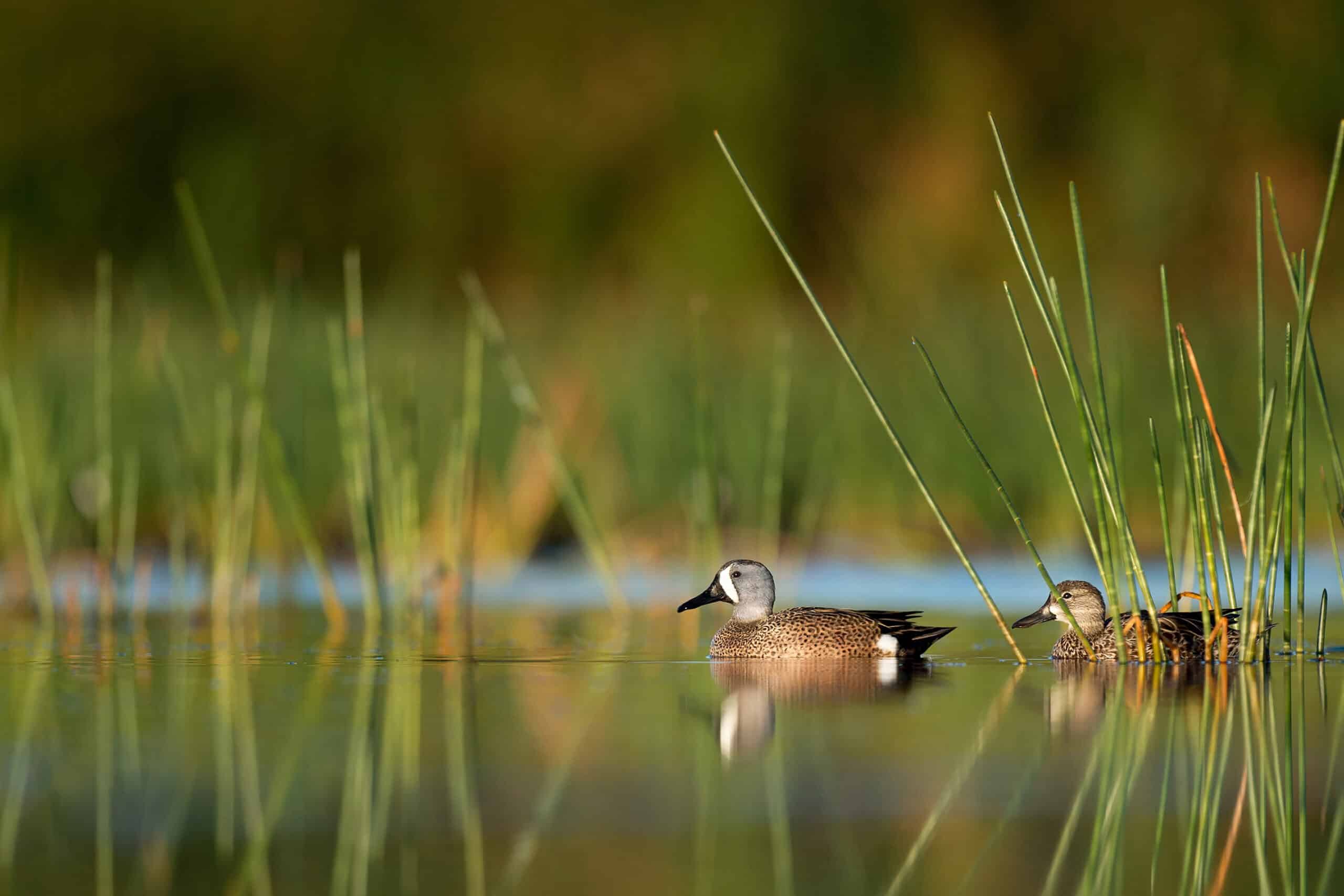
WM: Proper planning can aid waterfowl in Canada’s ‘duck factory’
Decades of research offer guidance in the Prairie Pothole Region

TWS embarks on strategic plan to guide its future
Members are asked to give their input

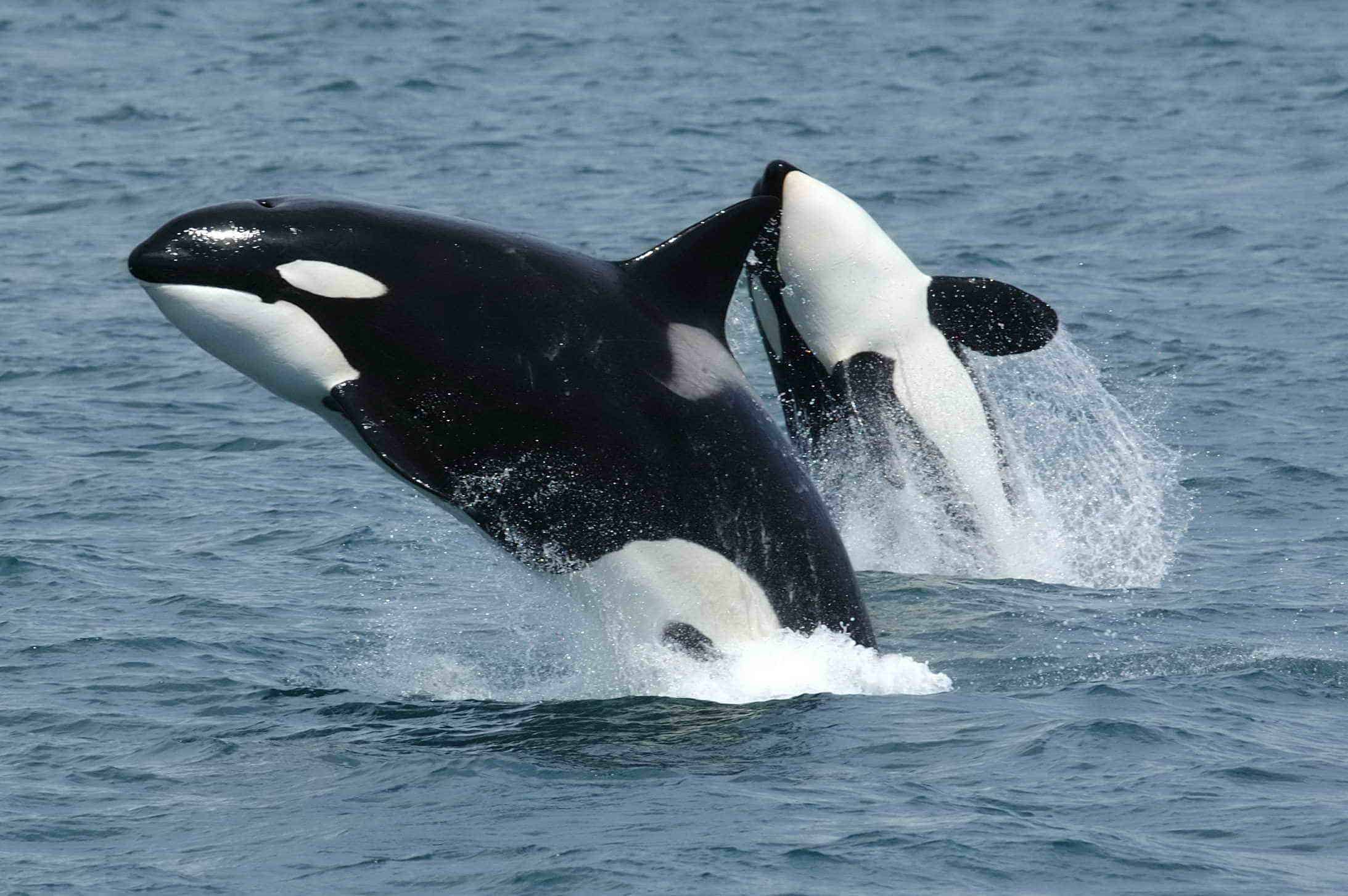
DNA can predict species’ extinction risk
The finding was part of the Zoonomia Project’s examination of 240 mammals’ genomes
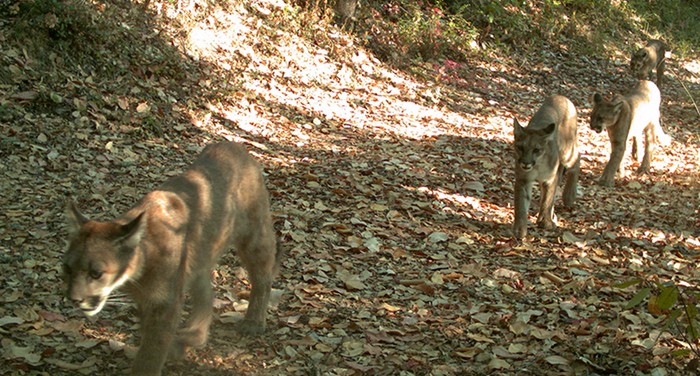
Wild Cam: When pumas are gone, nothing quite takes their place
Coyotes thrive at Fort Hood, but they don’t fill the role of apex predator
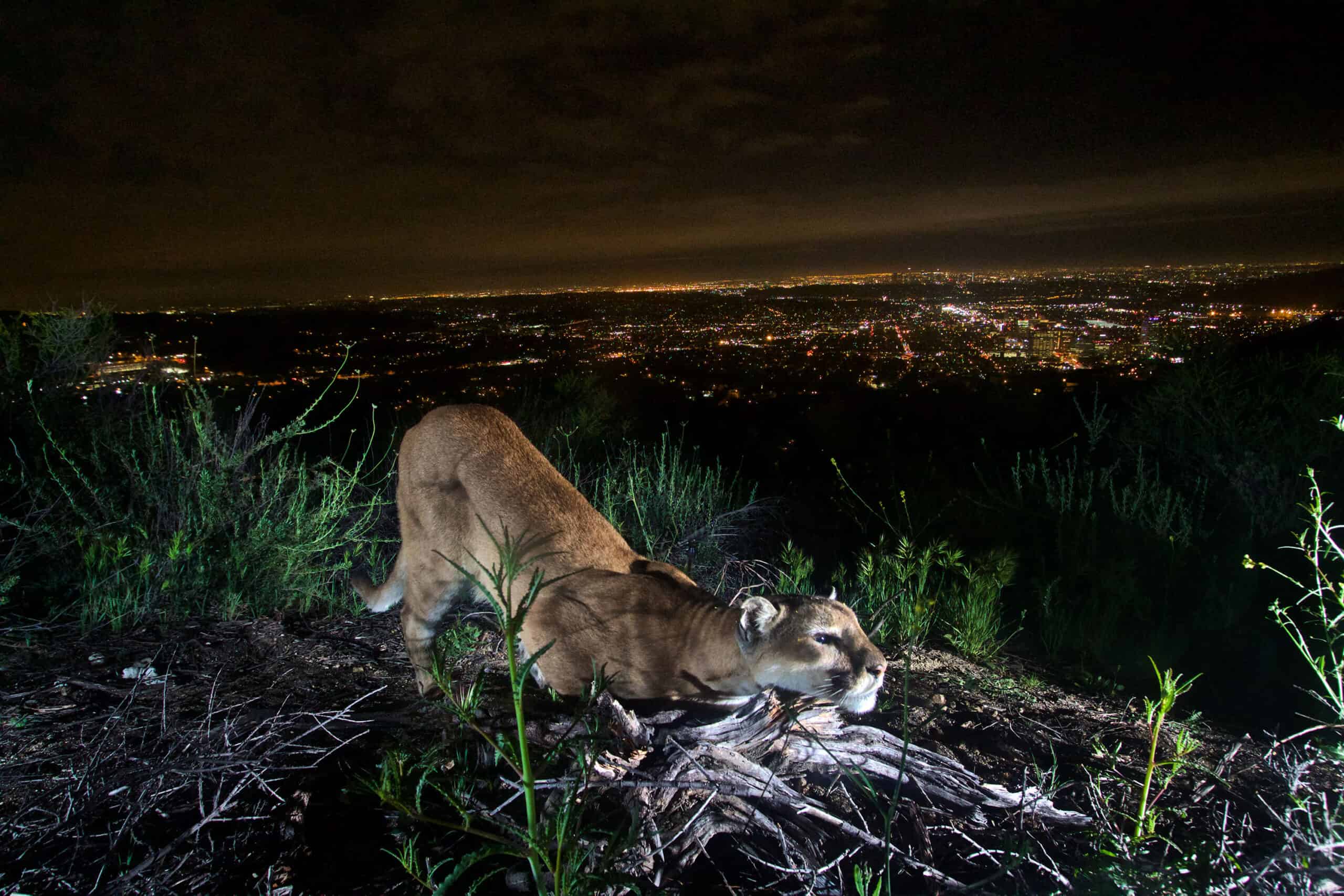
People—and their attitudes—drive California mountain lion deaths
A massive study reveals statewide mortality rates
PAID AD

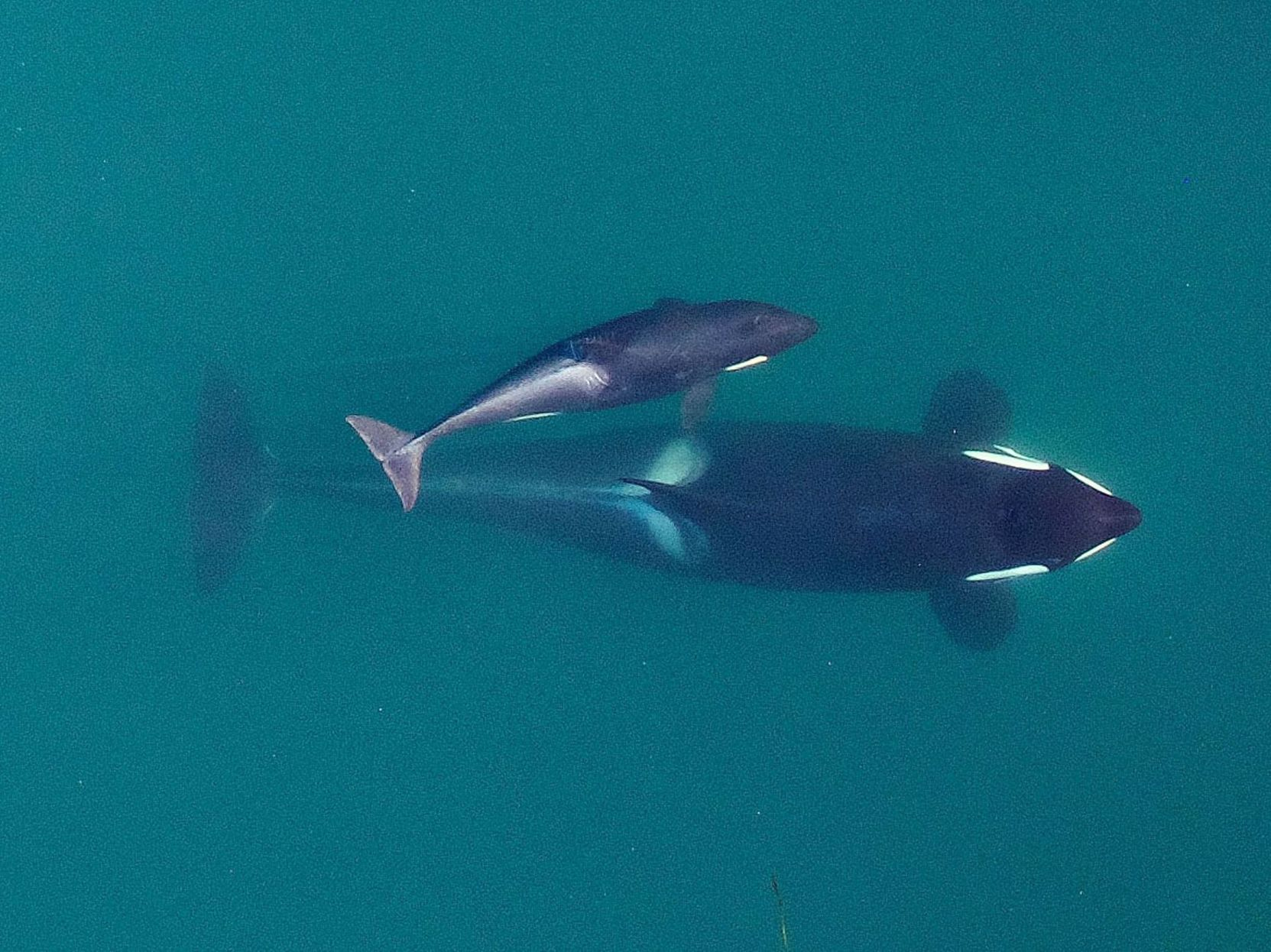
Inbreeding is contributing to endangered killer whales decline
While many other killer whales are recovering, Southern Residents are decreasing
Q&A: Tony Wasley reflects on his career
When Tony Wasley retires on Dec. 30, he will cap nearly 10 years as the director of the Nevada Department of Wildlife. One of the nation’s longest-serving wildlife directors and...
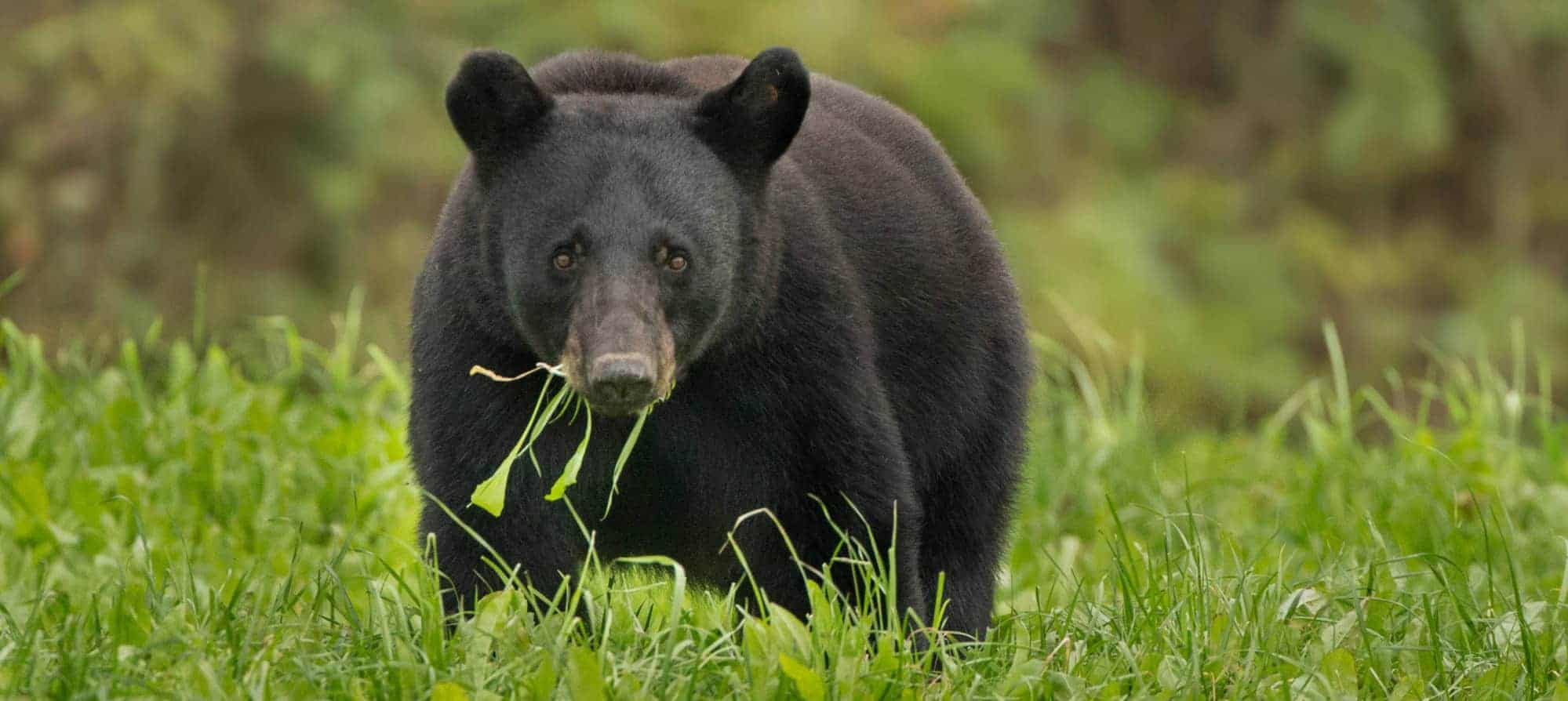
RAWA fails after being left out of spending bill
The Recovering America’s Wildlife Act met its end in Congress on Monday night after legislators left it out of the omnibus spending bill. Despite broad bipartisan support that put it...
PAID AD

